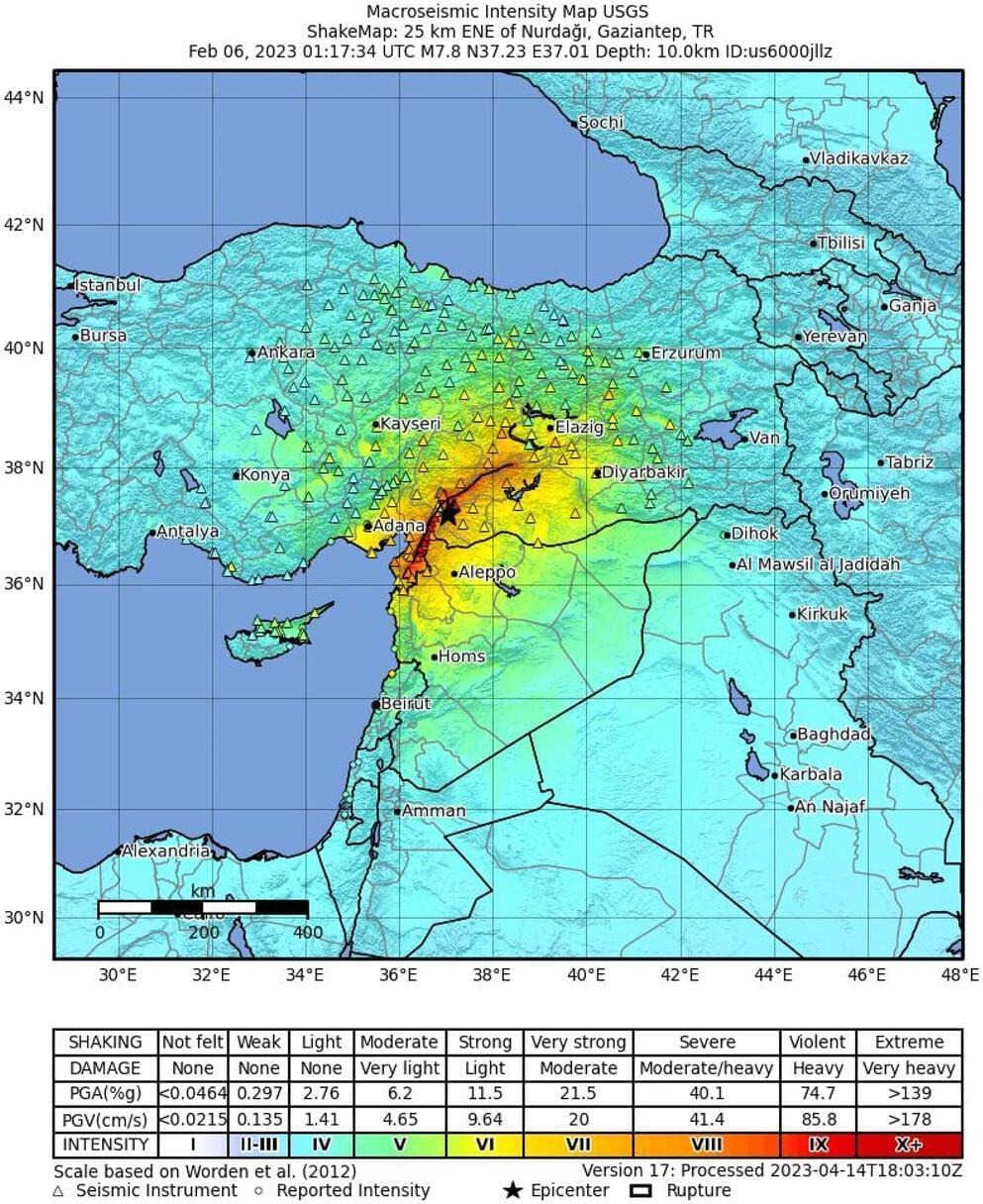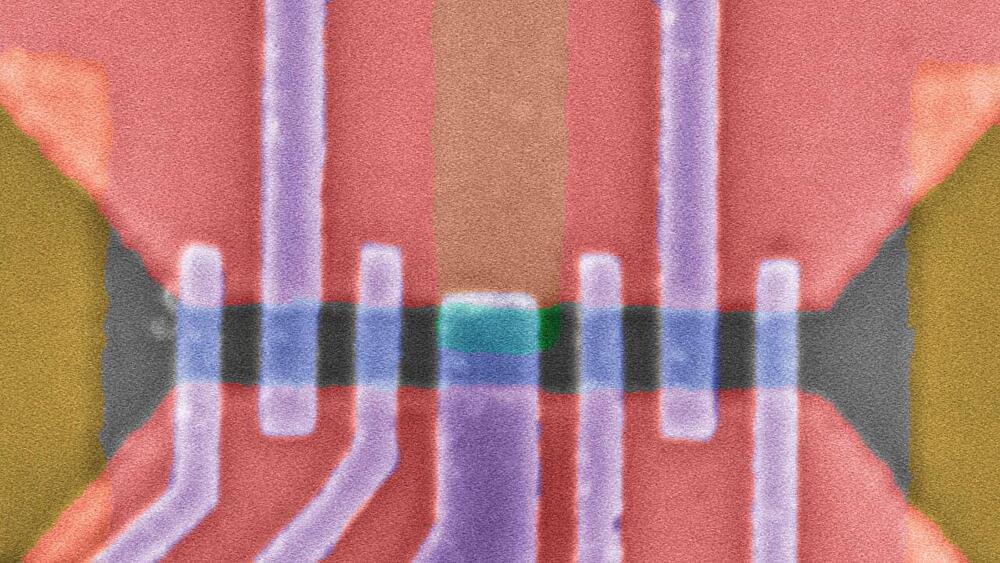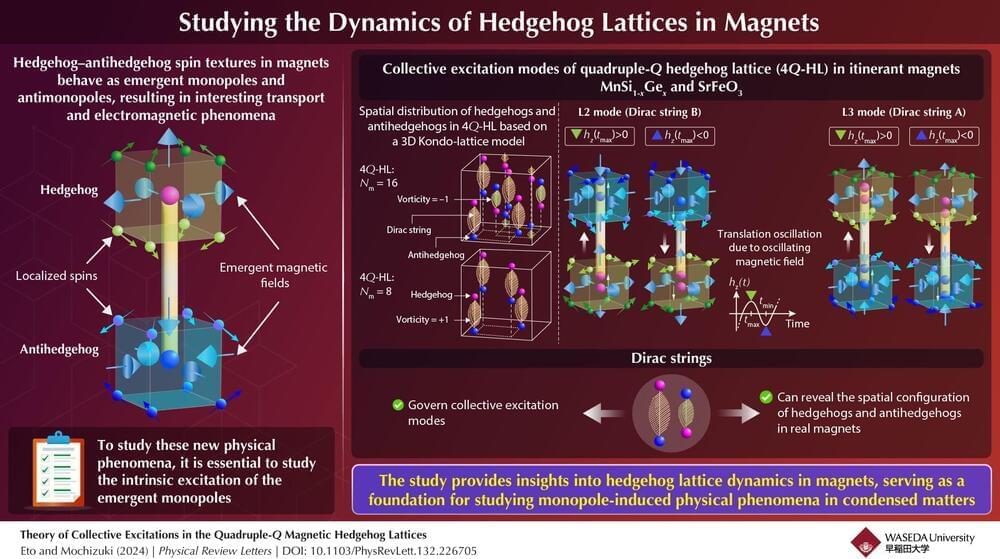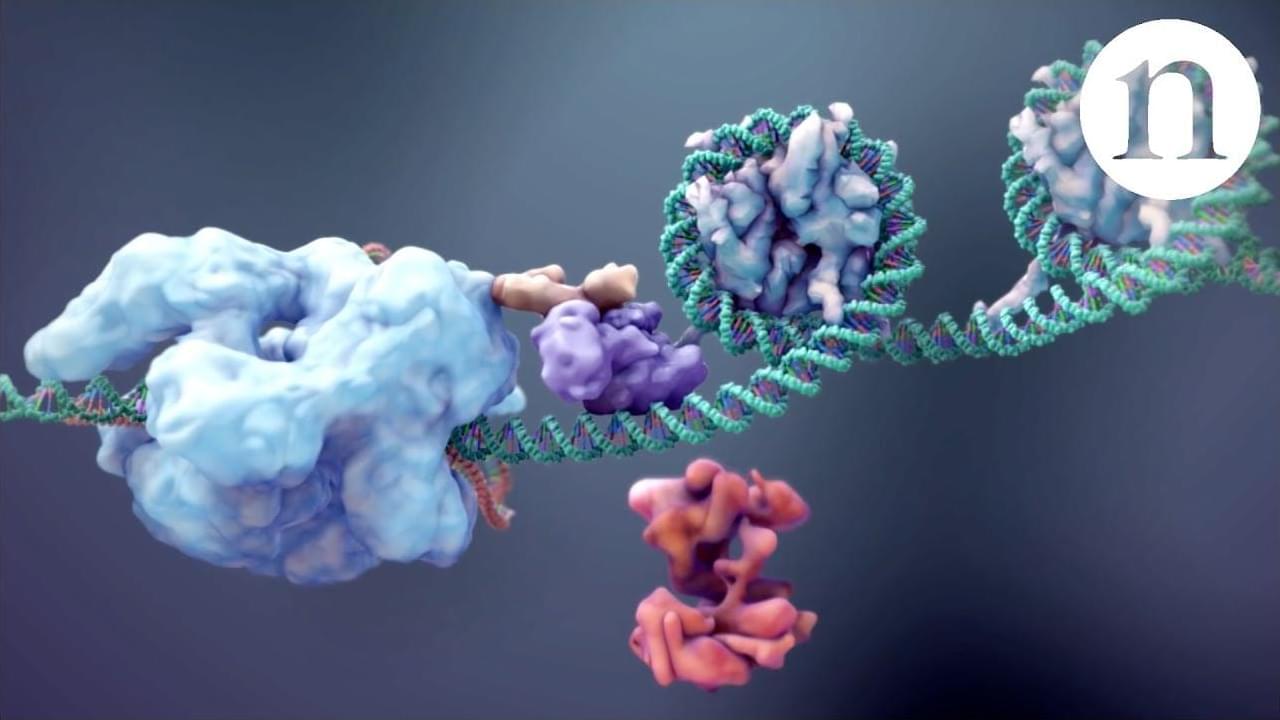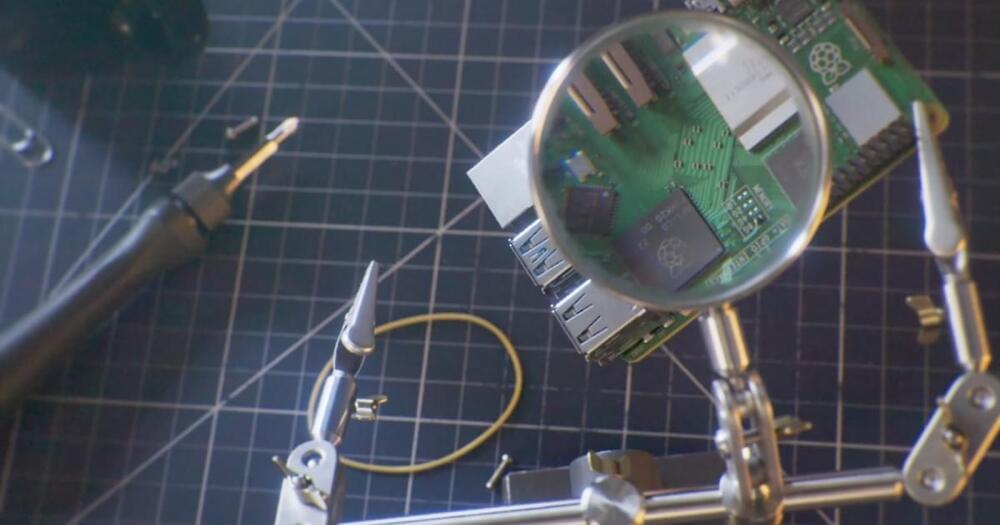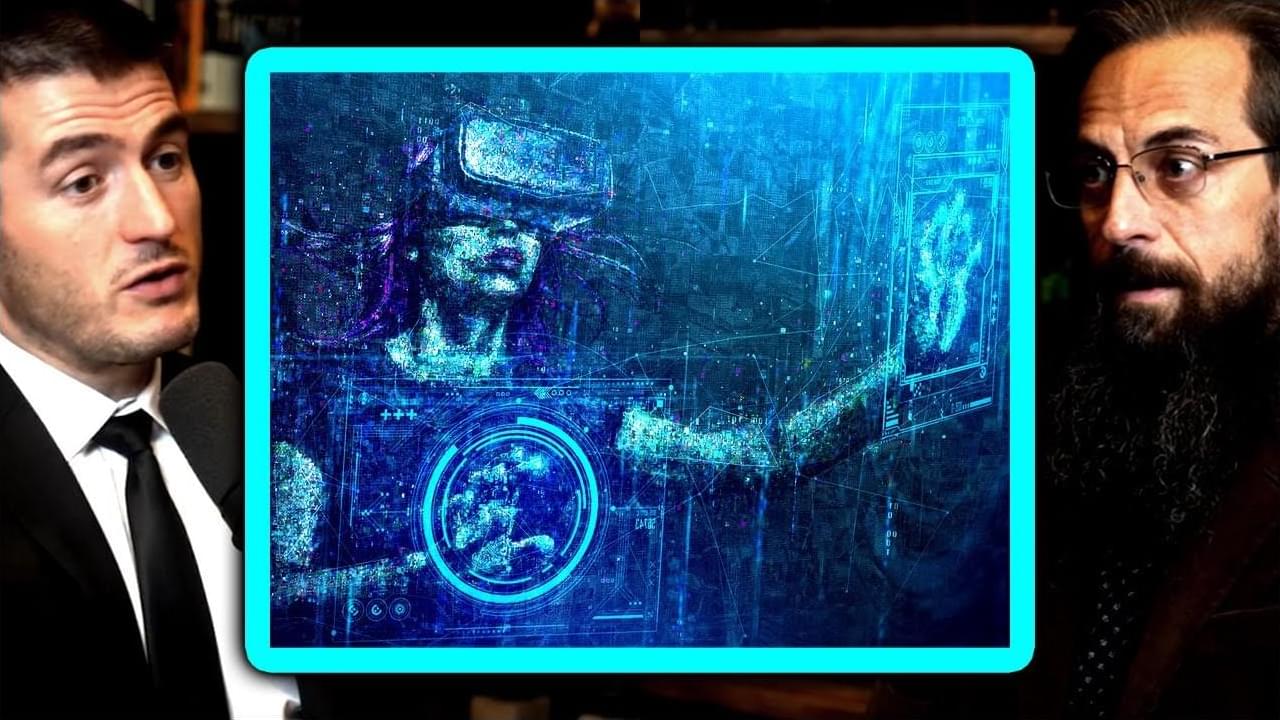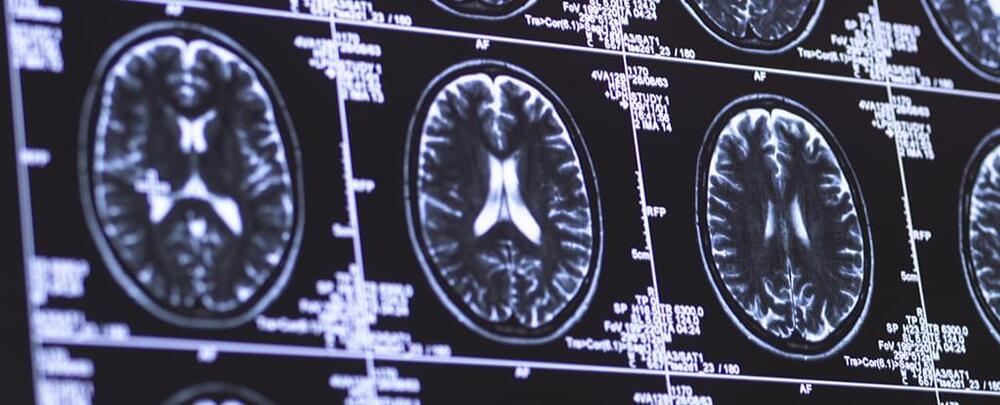Jun 12, 2024
Satellite data reveal electromagnetic anomalies up to 19 days before 2023 Turkey earthquake
Posted by Saúl Morales Rodriguéz in category: satellites
Earthquakes may betray their impending presence much earlier than previously thought through a variety of anomalies present in the ground, atmosphere and ionosphere that can be detected using satellites, a recent study in the Journal of Applied Geodesy suggests.
